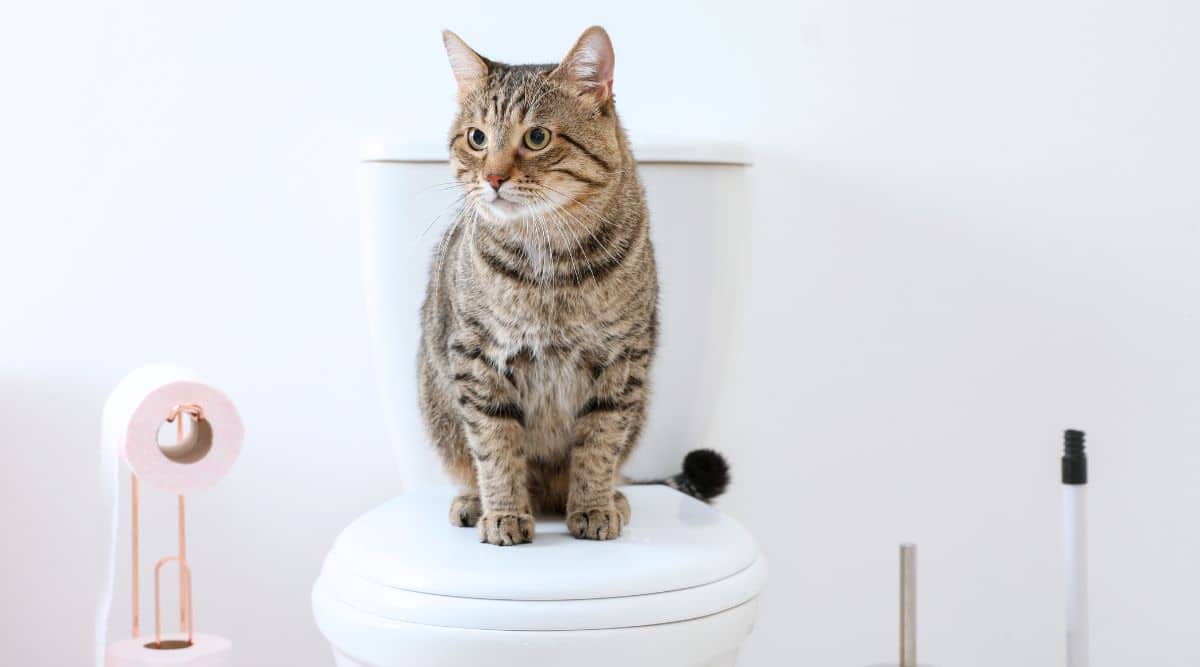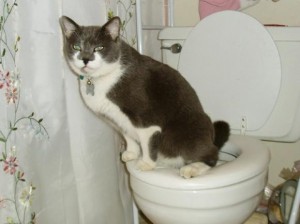Why You Have to Never Get rid of Animal Waste Down the Toilet
Why You Have to Never Get rid of Animal Waste Down the Toilet
Blog Article
Do you find yourself interested in resources concerning Why you should never flush dog poop down the toilet?

When it pertains to disposing of waste, particularly animal waste, many individuals commonly turn to the practical option of flushing it down the bathroom. However, this relatively very easy remedy can have major repercussions for the atmosphere and public health. In this short article, we'll check out why flushing animal waste down the toilet is a bad idea and offer alternative methods for correct disposal.
Intro
Appropriate waste disposal is critical for keeping ecological sustainability and public health. While it might seem safe to purge animal waste down the toilet, it can bring about different issues, both for the setting and human wellness.
Threats of flushing animal waste
Ecological effect
Purging pet waste introduces unsafe bacteria and virus into rivers, which can adversely impact water ecological communities. These pathogens can pollute water sources and harm marine life, interfering with fragile ecosystems.
Public health issues
Animal waste consists of dangerous microorganisms such as E. coli and Salmonella, which can posture significant health threats to humans. Purging animal waste down the bathroom can contaminate water supplies, leading to the spread of diseases and infections.
Alternatives to flushing
As opposed to purging animal waste down the toilet, there are several different disposal approaches that are a lot more eco-friendly and hygienic.
Composting
Composting animal waste is an environmentally friendly method to throw away it. By composting, raw material is broken down into nutrient-rich dirt, which can be used to fertilize yards and plants.
Garbage dump disposal
Disposing of pet waste in a landfill is an additional choice. While not as eco-friendly as composting, it is a much safer choice to flushing, as it avoids the contamination of water resources.
Pet garbage disposal systems
There are specialized animal garbage disposal systems available that safely and hygienically take care of animal waste. These systems usually use enzymes to break down waste and eliminate smells.
Actions to correct pet waste disposal
To guarantee appropriate disposal of pet waste, comply with these actions:
Scooping and landing waste
Regularly scoop and bag animal waste using naturally degradable bags. This stops waste from polluting the atmosphere.
Utilizing assigned waste bins
Dispose of bagged animal waste in marked waste containers, such as garden compost bins or landfill bins. Avoid flushing it down the toilet in all prices.
Cleaning up litter boxes and pet locations on a regular basis
Frequently clean can and pet dog locations to prevent the build-up of waste and germs. Usage pet-safe cleansing products to preserve hygiene.
Advantages of appropriate disposal methods
Embracing proper disposal methods for pet waste offers a number of advantages:
Decreased environmental pollution
Correct disposal methods minimize the risk of environmental pollution, securing rivers and communities from contamination
Lessened risk of water contamination.
By avoiding flushing pet waste down the toilet, the risk of water contamination is substantially lowered, safeguarding public health.
Improved cleanliness and hygiene
Appropriate disposal techniques advertise far better sanitation and hygiene, creating a safer environment for both humans and pets.
Final thought
Finally, flushing pet waste down the bathroom is damaging to the setting and public health. By embracing alternative disposal techniques and complying with proper waste administration methods, we can lessen the unfavorable effect of pet waste and add to a cleaner, healthier earth.
What To Do With Dog Poo – The Do's And Don'ts Of Disposing Of Faeces
Dog poo bins
Some councils provide dedicated dog waste bins in popular dog-walking areas that can take dog poo that has been bagged but you can legally dispose of dog waste in any public litter bin, as long as it is securely bagged. This also applies to your wheelie bin at home.
Do not flush
Water companies do not recommend flushing dog faeces down the toilet because certain parasites can survive the water processing treatment and are potentially harmful to humans. You should also never consider flushing dog poo that has been bagged down the toilet as the bags will not break down and instead create severe blockages in the sewage system.
In the woods
The Forestry Commission promotes a ‘stick and flick’ method for dealing with waste in the woods. This means finding a stick and using it to flick any poo from off the path so that it is out of the way of other walkers. You could also bury it as long as it is not in an area where there might be livestock.
Livestock
Parasites found in dog poo can be transmitted to livestock if they inadvertently eat infected faeces that has been left on grazing land. This could result in the death of sheep or abortion in cattle so you should always make sure you pick up your dog’s waste in fields where livestock could be present.
get more info https://www.getsetpet.com/blogs/pet-portal/what-to-do-with-dog-poo-the-dos-and-don-ts-of-disposing-of-faeces

Frequently clean can and pet dog locations to prevent the build-up of waste and germs. Usage pet-safe cleansing products to preserve hygiene.
Advantages of appropriate disposal methods
Embracing proper disposal methods for pet waste offers a number of advantages:
Decreased environmental pollution
Correct disposal methods minimize the risk of environmental pollution, securing rivers and communities from contamination
Lessened risk of water contamination.
By avoiding flushing pet waste down the toilet, the risk of water contamination is substantially lowered, safeguarding public health.
Improved cleanliness and hygiene
Appropriate disposal techniques advertise far better sanitation and hygiene, creating a safer environment for both humans and pets.
Final thought
Finally, flushing pet waste down the bathroom is damaging to the setting and public health. By embracing alternative disposal techniques and complying with proper waste administration methods, we can lessen the unfavorable effect of pet waste and add to a cleaner, healthier earth.
What To Do With Dog Poo – The Do's And Don'ts Of Disposing Of Faeces
Dog poo bins
Some councils provide dedicated dog waste bins in popular dog-walking areas that can take dog poo that has been bagged but you can legally dispose of dog waste in any public litter bin, as long as it is securely bagged. This also applies to your wheelie bin at home.
Do not flush
Water companies do not recommend flushing dog faeces down the toilet because certain parasites can survive the water processing treatment and are potentially harmful to humans. You should also never consider flushing dog poo that has been bagged down the toilet as the bags will not break down and instead create severe blockages in the sewage system.
In the woods
The Forestry Commission promotes a ‘stick and flick’ method for dealing with waste in the woods. This means finding a stick and using it to flick any poo from off the path so that it is out of the way of other walkers. You could also bury it as long as it is not in an area where there might be livestock.
Livestock
Parasites found in dog poo can be transmitted to livestock if they inadvertently eat infected faeces that has been left on grazing land. This could result in the death of sheep or abortion in cattle so you should always make sure you pick up your dog’s waste in fields where livestock could be present.
get more info https://www.getsetpet.com/blogs/pet-portal/what-to-do-with-dog-poo-the-dos-and-don-ts-of-disposing-of-faeces

Do you appreciate reading about ? Try leaving a remark down below. We'd be delighted to know your opinion about this page. We are looking forward that you come back again soon. Those who liked our page kindly do not forget to share it. I enjoy reading our article about 10 Things You Should Never Flush Down The Toilet.
Call Today Report this page